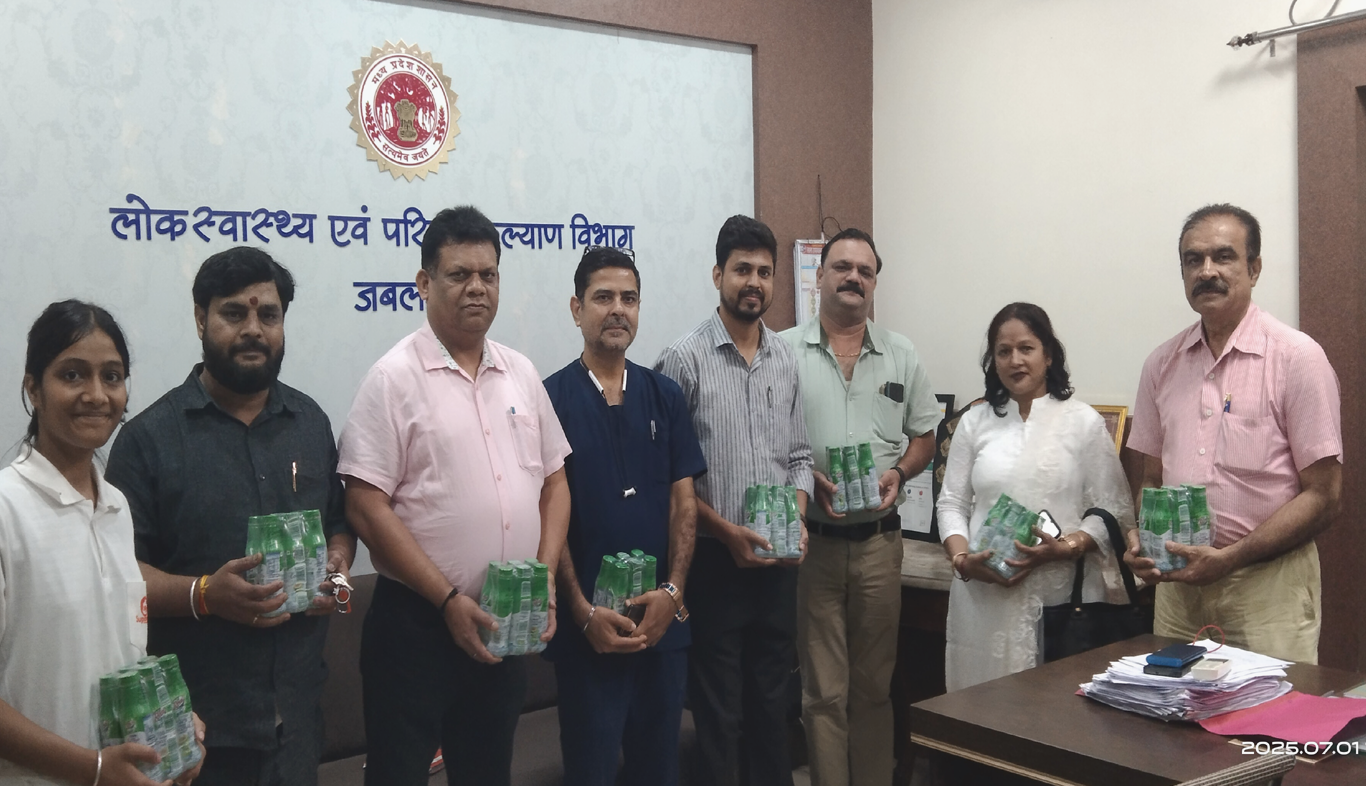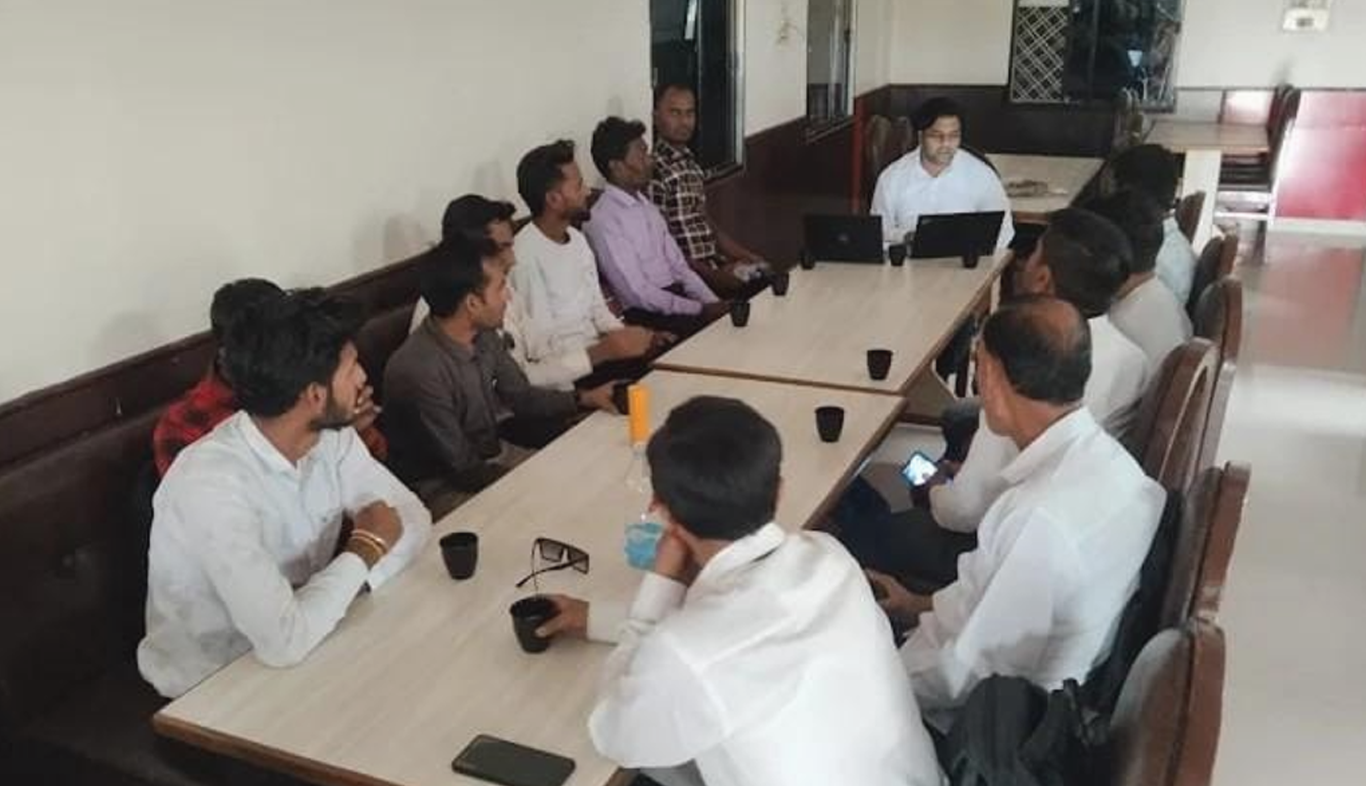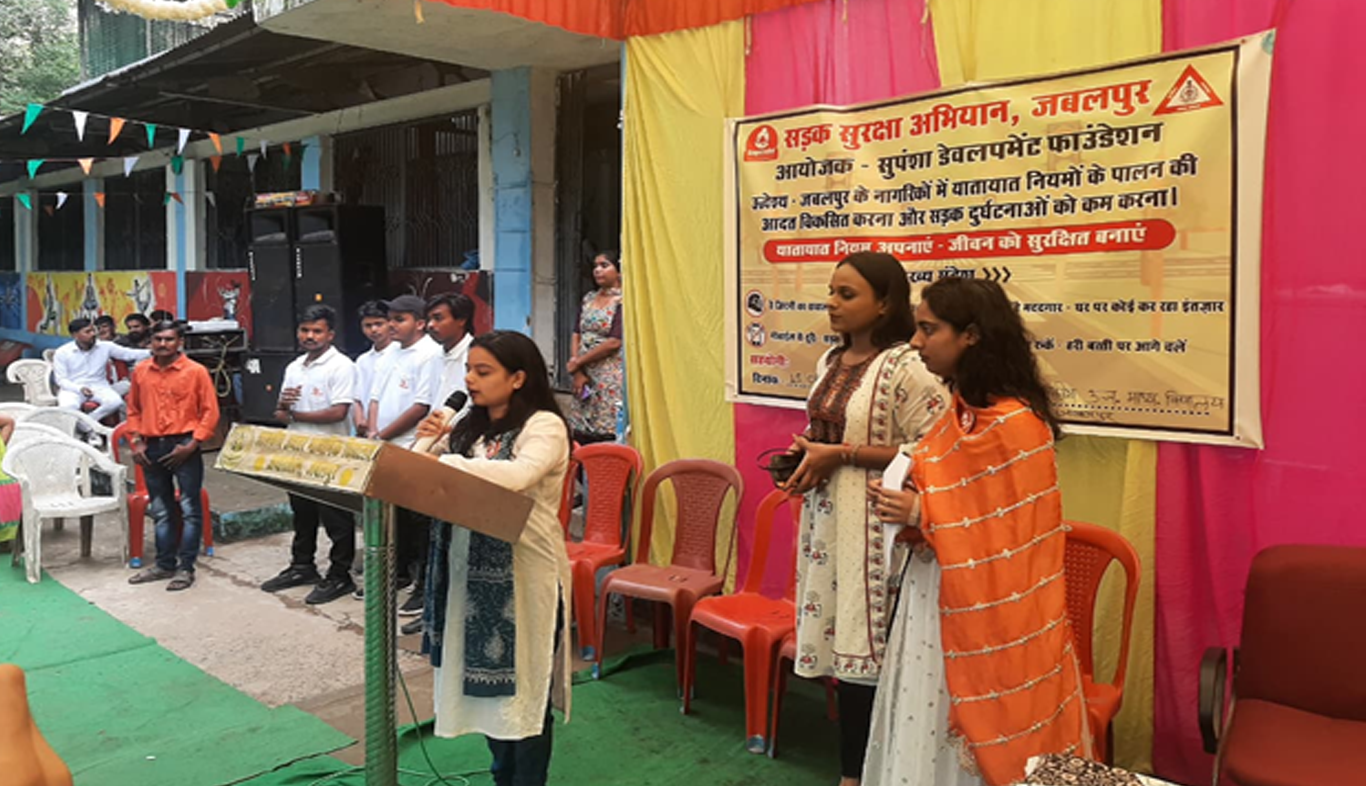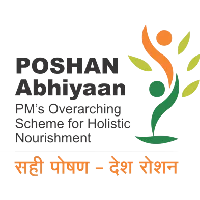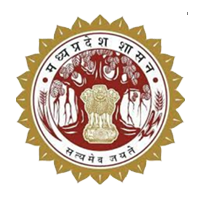Situational Assessment Report for Future TB Care Reform – 2025
By: Supansha Development Foundation
1. Introduction
In the context of India’s commitment to eliminating tuberculosis (TB) under the National Strategic Plan (NSP 2020–2025), Supansha Development Foundation conducted a field-based situational assessment across four districts (coded A–D) between January and June 2025. This assessment aimed to generate grassroots-level evidence regarding current challenges in TB service delivery, particularly in tribal, forest, and semi-urban areas. The findings are intended to inform future strategies for TB care reform and support efforts in the post-elimination phase.
2. Objectives of the Assessment
- Assess current status of NTEP implementation across selected TB Units (TUs).
- Identify gaps in case detection, treatment adherence, and nutritional support.
- Understand institutional and community-level challenges in TB care.
- Provide evidence for future policy reform, planning, and research.
3. Geographical Coverage
| District Code | TUs Covered | Population Focus |
|---|---|---|
| District B | TU-B1, TU-B2 | Predominantly tribal |
| District A | TU-A1, TU-A2 | Urban and peri-rural mix |
| District C | TU-C1, TU-C2 | Mining belt and rural regions |
| District D | TU-D1, TU-D2 | Forest and tribal populations |
Note: Actual district and TU names are replaced with codes for confidentiality.
4. Methodology
4.1 Data Sources
- Secondary review of publicly available Nikshay data (2020–2024)
- Field observations at TU centers, PHCs, HWCs, DOT centers, and private clinics
- Semi-structured interviews and informal discussions with coded stakeholders: SH01–SH17
4.2 Timeline
- Jan–Mar 2025: Stakeholder consultations, data review
- Apr–Jun 2025: Field visits, interviews, observations, community discussions
5. Key Observations
5.1 Notification & Case Detection
- TU-wise notification shows seasonal variation, with reduced detection during migration periods
- Private sector underreporting persists despite PPSA presence
- Diagnosis delays (>10 days) common after symptom onset
- Sputum and NAAT sample transport takes 2–3 days from remote areas
- DR-TB patient follow-up is limited post-treatment
- Inter-district transfers are delayed or untraceable in Nikshay
5.2 Nutrition & Direct Benefit Transfer (DBT)
- Nikshay Poshan Yojana (NPY) funds received but often misutilized
- No monitoring mechanism exists for food consumption
- Nikshay Mitra food baskets irregular, not reaching all patients consistently
- Patients lacked knowledge of nutrition relevance during treatment
5.3 Human Resource & Infrastructure
- STS/STLS vacancies reported in District B and C
- ASHA engagement diminishes after DBT transfer; follow-up minimal
- Treatment supporters untrained, unaware of basic TB care principles
- Private sector staff (receptionists/attendants) not oriented on TB services
- CME sessions for private doctors rare; knowledge of NTEP updates limited
- NAAT labs face technician and cartridge shortages periodically
5.4 Community & Behavioral Challenges
| Issue | Impact |
|---|---|
| Seasonal migration | High treatment interruption and loss to follow-up |
| Alcohol/substance use | Poor adherence; reduced family support |
| TB-related stigma | Reluctance to disclose; delayed care-seeking |
| Limited program awareness | Patients unaware of Nikshay benefits, reporting systems |
| Language barriers | No IEC in regional dialects; communication gaps with tribal patients |
6. Stakeholder Insights
6.1 DTOs & NHM Officials
- Food basket distribution under Nikshay Mitra irregular and poorly tracked (SH02, SH03)
- PPSA staff shortages observed; existing staff work primarily for incentives (SH01, SH03)
- Supervision weak at TU level; treatment cards often incomplete (SH01)
- No standard protocol for adverse event reporting (SH02)
- Inter-district coordination during patient transfer remains a challenge (SH03)
6.2 CHOs & ASHAs
- CHOs overburdened with multiple health programs; NTEP low priority (SH04)
- ASHAs report lack of training on TB counselling, contact tracing, referrals (SH05)
- Sample transport mechanisms absent; follow-up delayed (SH04, SH05)
6.3 Private Clinics
- Private doctors demotivated due to incentive payment delays (SH07)
- No structured training or CME support from NTEP (SH07)
- Referrals from private sector minimal, mostly undocumented (SH08)
7. Programmatic Gaps Identified
| Area | Gap Identified |
|---|---|
| Diagnostics & Transport | Delayed NAAT access; sample logistics undefined |
| Nutritional Support | No tracking of consumption; irregular food baskets |
| Adherence & Counselling | Absence of structured behavioural counselling models |
| Post-Treatment Surveillance | No routine follow-up after treatment completion |
| Private Sector Integration | Minimal engagement due to delayed incentives and no orientation |
| AE Monitoring | No awareness or systems for adverse event detection or recording |
| Community Contact Tracing | Inconsistent and poorly documented |
| Workforce Capacity | Lack of trained treatment supporters; gaps in CHO/ASHA knowledge |
8. Summary of Findings
- Diagnostic delays and weak sample logistics
- Irregular nutrition and support systems
- Private sector underutilization
- Lack of counselling, AE monitoring, and follow-up protocols
- CHOs and ASHAs inadequately equipped to deliver TB-specific services
9. Conclusion
This field assessment provides a neutral, evidence-based snapshot of current NTEP implementation across four diverse districts (coded A–D). It is not linked to any specific project or funding but supports evidence-based planning, future TB policy reform, and improved service delivery models in the post-2025 era.
Confidentiality Note
All stakeholder feedback has been anonymized using coded identifiers (SH01–SH17). Districts and TUs are referenced with codes (A–D; TU-A1–TU-D2). No personal names or actual locations are disclosed. Data collected under verbal consent is shared solely for internal validation and program planning purposes.
Annexures
- Annexure I – Confidential Stakeholder Interaction Summary (SH01–SH17)
- Annexure II – TU-wise Field Visit Summary (Observations & Notes)
- Annexure III – TU-wise Infrastructure & Human Resource Mapping
- Annexure IV – Abbreviations / Codes Used
- Annexure V – TB Patient Profiles & Case Summaries
- Annexure VI – Secondary Data Reference – Publicly Available TB Reports
- Annexure VII – Community & Behavioral Observations Summary
- Annexure VIII – Private Sector & PPSA Engagement Summary
- Annexure IX – Comprehensive Stakeholder List (SH01–SH17)
- Annexure X – Sample Field Data Form

